Is synthetics good or bad: studying the advantages and disadvantages
The disadvantages of non-natural fabrics are obvious, but the advantages of synthetics often go unnoticed. Especially in recent years, when active propaganda of everything natural began and the familiar acrylic and nylon were recognized as almost enemies of humanity. But before throwing away all synthetic things, it’s worth thinking about - is it as scary as the ignorant people say it is?
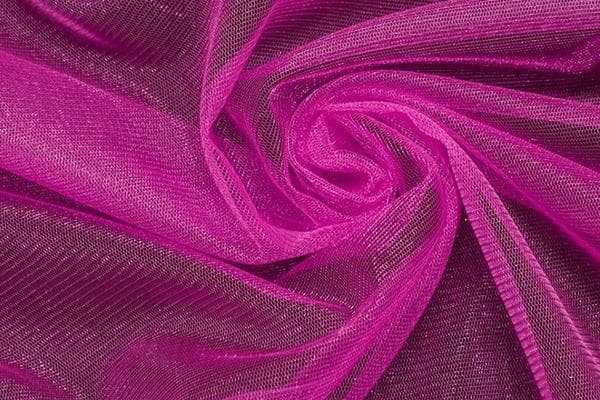
Pros and cons of synthetics
If we remember why artificial materials have gained popularity around the world, many consumer benefits come to mind. After the invention of synthetics, people got the opportunity to use things that they could not even dream of before, or that were incredibly expensive. For example, before nylon began to be produced, not every woman would have had enough money to buy beautiful thin stockings.
At the same time, synthetics did not have many disadvantages - only five. Nowadays, there are the same number of them, but the industry is already working to bring synthetic fabrics closer to natural ones in quality. Examples of high-tech developments include membrane materials and fleece.
For clarity, here is a table showing the pros and cons of synthetic materials:
Popular synthetic fabrics
Nowadays, many varieties of synthetics are used - if desired, you can count several dozen, or even hundreds of names. But only a few of them are known to the general public.
Nylon
In fact, nylon was a “pioneer” in the market of synthetic fabrics - it was invented by the Americans almost 100 years ago. Unlike other, even the most expensive and natural materials, it could:
- protect from the wind;
- do not allow water to pass through the thickness of the fibers;
- remain durable for a long time;
- withstand significant tensile and tensile loads (nylon is 50 times stronger than viscose).
Thanks to these qualities, nylon began to be used to make clothes and equipment for the army, athletes and other people forced to spend a lot of time in extreme weather conditions.
Interesting fact: the US flag, which was planted by the first astronauts on the moon, was sewn from nylon.
Polyester
Cheap and very popular material all over the world. It is used as a substitute for cotton, although it is inferior to cotton fabric in terms of hygroscopicity and breathability. However, there are varieties of polyester that are difficult to distinguish from natural fabric even for professionals - often it is only revealed by the sheen of the threads, which is uncharacteristic of cotton.
Polyester does not shrink, does not fade, and does not fade when exposed to sunlight. It is easy to sew blouses, dresses, and bed linen from it. It also has an interesting property: if you give the fabric a certain shape under the influence of high temperature (for example, make a pleat), it will remain intact even after washing.
Elastane
It is not used in its pure form. But in combination with other synthetic fabrics it is found everywhere. Swimsuits and corsets, bras, panties, hosiery, elastic medical bandages, leggings, tight dresses - this is an incomplete list of things that simply would not exist without elastane.
However, this material has one significant drawback: it is afraid of contact with chlorine and chlorine-containing substances. Clothes containing elastane over time acquire a yellow tint if washed in chlorinated water; in addition, the fabric deteriorates and begins to “crumble” and “crumble.”
Acrylic
Soft, very pleasant to the touch material, its properties reminiscent of wool. It is often mixed with viscose and cotton to create even better quality fabric or yarn.Acrylic is 100% hypoallergenic, so products made from it can be worn even by people who are contraindicated in natural fur and wool.
Acrylic does not wrinkle, does not fade, does not enter into chemical reactions with most substances found in everyday life, and is not affected in any way by rain and snow. In addition to suits and outerwear, home textiles are produced from acrylic.
Polypropylene
Unlike the fabrics mentioned above, polypropylene has good thermal insulation properties. It, like its “relatives”, is resistant to precipitation, which allows you to sew excellent raincoats and coats - they do not “get cold” if the temperature approaches zero.
There is definitely no need to be afraid of synthetics. Nowadays, there is a huge assortment of all kinds of fabrics on the market - among them you will certainly find one that perfectly suits your needs.
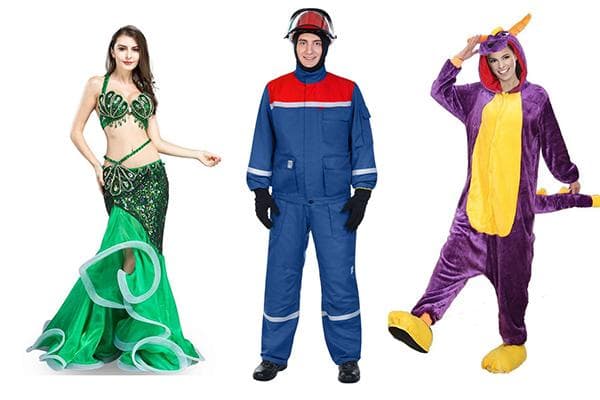

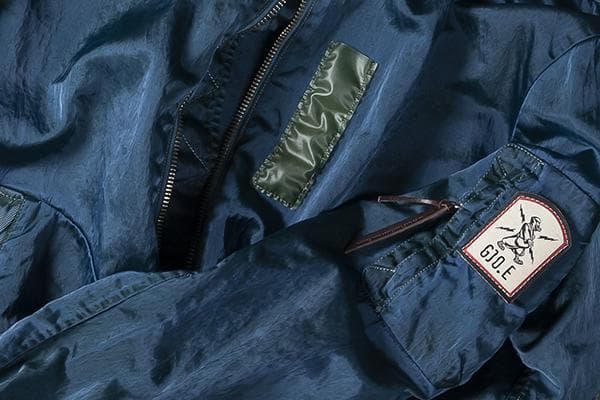
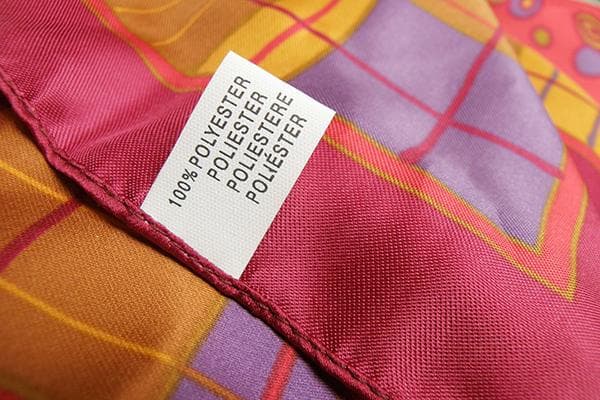


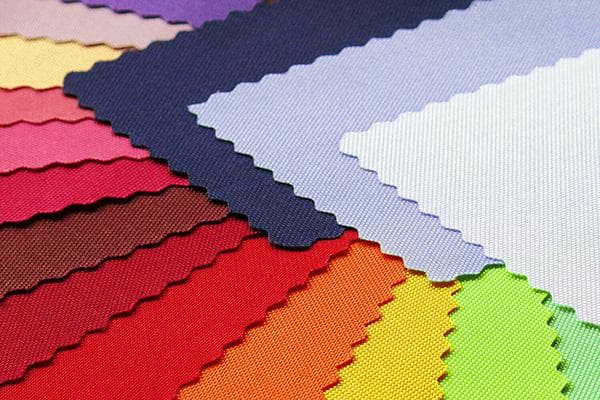
Thank you very much, I copied the table for technology
After all, synthetics are different from synthetics! I found another resource with a fabric library and there is an interesting article there that compares nylon and polyester. My conclusion: depending on what you use synthetics for, you should make your choice based on this.
I have nothing against synthetics. Natural fabric, of course, good. But caring for her is difficult. And modern synthetics are of very good quality.